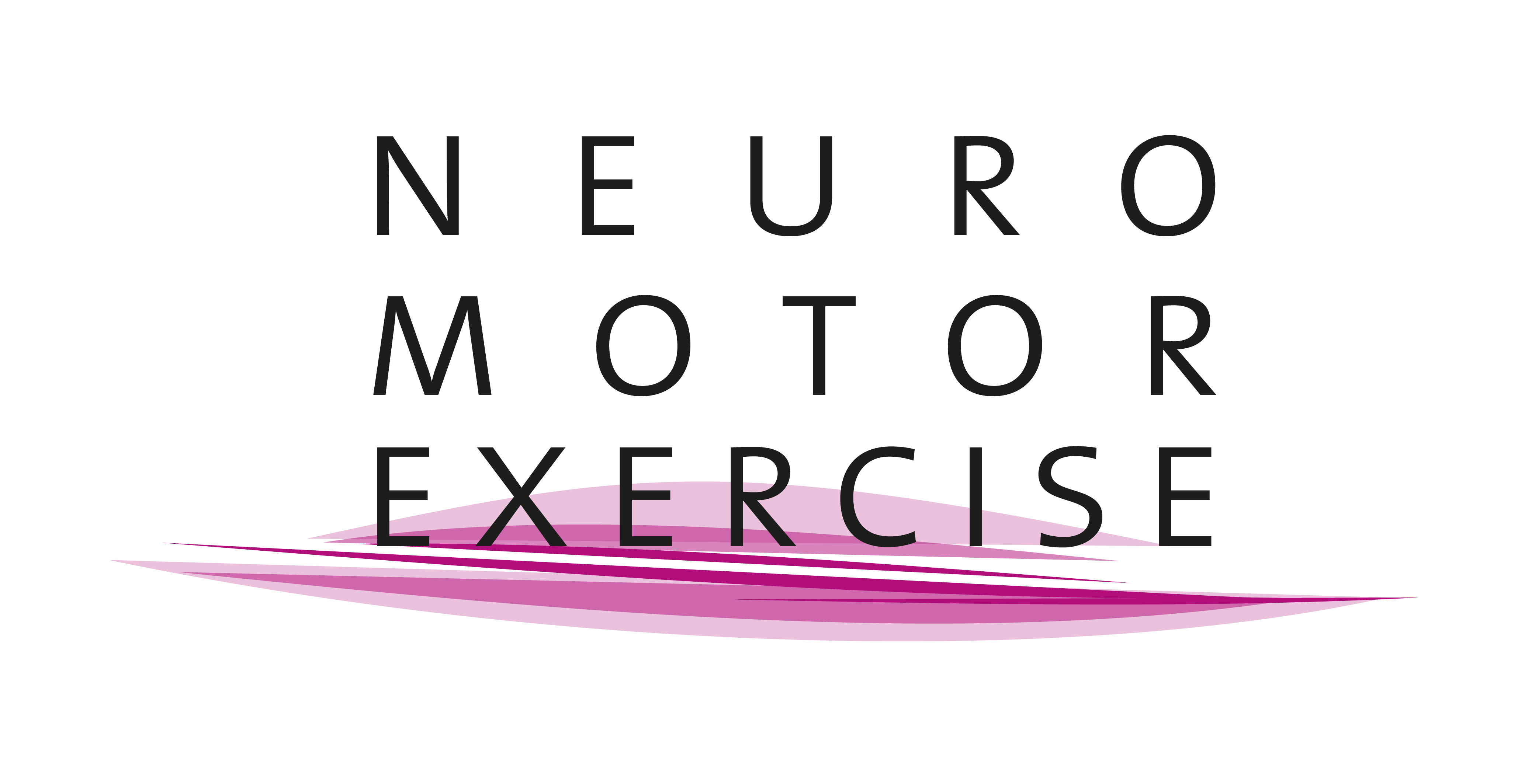Project partner Uni Münster

Who are we?
The Department of Neuromotor Behavior and Exercise, under the leadership of Prof. Claudia Voelcker-Rehage, investigates processes and mechanisms of motor skills and neurocognition with the aim of optimizing performance, training, and learning. The staff members of the department possess a diverse range of professional expertise in various sub-disciplines of sports science such as sports medicine, training science, biomechanics, sports psychology, as well as psychology, cognitive science, health sciences, orthopedics, physiotherapy, biology, physiology, or physics. This enables our team to approach research topics in an interdisciplinary manner.
The department focuses on the interaction between physical and neurocognitive performance, the early detection of cognitive losses, and the effects of physical activity and training on the brain, cognition, and motor skills. Another goal is to connect fundamental scientific research with clinical practice, competitive sports, and everyday activities. For this purpose, we develop ecologically valid paradigms to investigate multitasking or performance in real-world scenarios (e.g., driving a car, crossing a street, beach handball). We conduct programs to promote mobility and mental health in care facilities and evaluate intervention programs with a focus on cognitive aging, brain mechanisms, and motor skills. We utilize a wide range of methods from exercise and training science, neuroscience, and psychology. These include motion analysis systems, spiroergometry, imaging techniques for measuring brain activity (e.g., EEG, fNIRS), as well as virtual realities. Our expertise in the field of Virtual Reality is also applied in the "Parkinson Vibrating Socks" project.
Why Virtual Reality?
Using virtual realities offers numerous opportunities to simulate real-life situations in a controlled environment, which is often not feasible with conventional experimental approaches. This allows for the investigation of behavior in complex or even potentially dangerous situations in a safe manner. Examples include typing on a mobile phone while driving or while crossing a busy street.
Virtual realities also provide a remarkable opportunity to conduct experiments with high precision and careful control. In these simulated environments, we can capture a wealth of parameters, including brain function and movement parameters such as gait patterns. In contrast, in the real world, we often encounter limitations when it comes to implementing such precise measurements and comprehensive controls.
What are our tasks in the project?
In the "Parkinson Vibrating Socks" project, we use our VR systems to test the effectiveness and functionality of the vibrating socks under realistic and everyday conditions. For this purpose, we have access to the Gait Real-Time Analysis Interactive Lab, or GRAIL. The GRAIL enables the study of human movement in interactive virtual environments with real-time motion analysis and immediate feedback. The GRAIL combines a 2.4 x 5m VR environment (180°) with a multifunctional treadmill and a complex camera and force measurement platform for gait analysis. Together with our project partners and the project's steering group, we will develop various scenarios in which we examine the gait of Parkinson's patients during tasks of varying complexity. Under real-world conditions, we will investigate whether and to what extent the vibrating socks (vibrotactile cueing) can prevent or interrupt freezing of gait. Additionally, we will use neuroscientific measurement methods (EEG and fNIRS) to better understand the neurophysiology of freezing and vibrotactile cueing and to incorporate them into the development process of the vibrating socks.
In addition to the scientific tasks in the "Parkinson Vibrating Socks" project, the Department of Neuromotor Behavior and Exercise leads the overall project and is responsible for establishing a communication structure. Through the website and social media presence, we will regularly provide updates on the project's progress and publish further topics and blog posts. We look forward to collaboration, feedback, and interest in our project.


